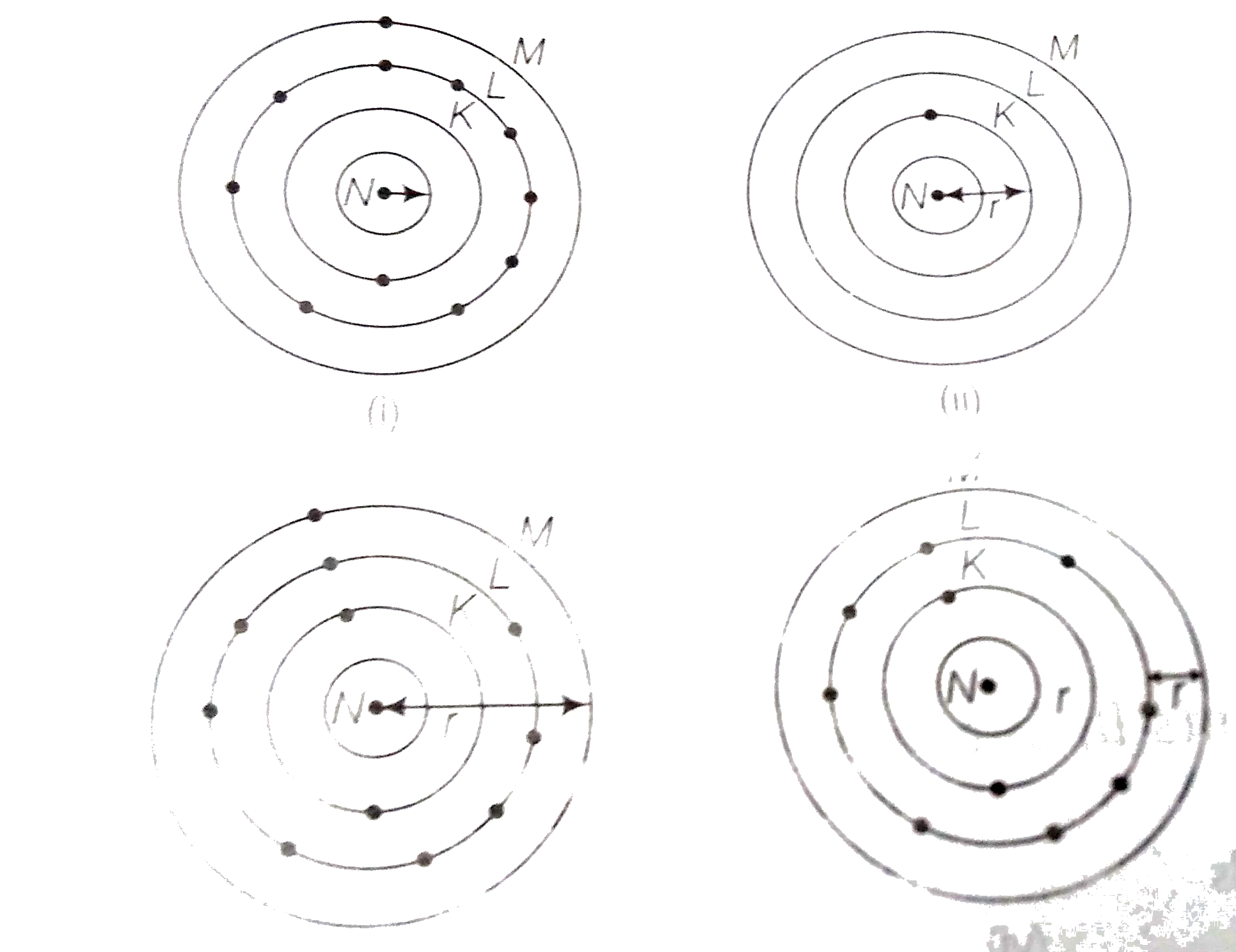which of the following depicts the correct pathway of transport of sperms?
Rete testis→ Efferent ductules → Epididymis → Vas deferns
Rete testis→ Epididymis → Efferent ductules→ Vas defernes
Rete testis →Vas deferens→ Efferent ductules → Epididymis
Efferent ductules → Rete testis → Vas deferens→ Epididymis
The correct Answer is:A
To determine the correct pathway of sperm transport, we can break down the process step by step:
1. Sperm Production: Sperm is produced in the seminiferous tubules located within the testes. This is the starting point of the sperm transport pathway.
2. Rete Testis: After sperm is produced in the seminiferous tubules, it moves into the rete testis. This is a network of tubules that collects sperm from the seminiferous tubules.
3. Vasa Efferentia: From the rete testis, sperm is transported into the vasa efferentia (also known as efferent ductules). These are small ducts that carry sperm from the rete testis to the epididymis.
4. Epididymis: The vasa efferentia lead to the epididymis, which is a coiled tube located at the back of each testis. Here, sperm is stored and matures.
5. Vas Deferens: After the epididymis, sperm travels into the vas deferens. This muscular tube ascends into the abdominal cavity and loops over the urinary bladder.
6. Ejaculatory Duct: The vas deferens then joins with the duct from the seminal vesicle to form the ejaculatory duct, which opens into the urethra.
Conclusion:
The correct pathway of sperm transport is:
- Seminiferous Tubules → Rete Testis → Vasa Efferentia → Epididymis → Vas Deferens → Ejaculatory Duct → Urethra.
Correct Answer:
Based on the options provided, the correct answer is the one that follows this pathway accurately.
---
The correct pathway of sperm transport is:
- Seminiferous Tubules → Rete Testis → Vasa Efferentia → Epididymis → Vas Deferens → Ejaculatory Duct → Urethra.
Based on the options provided, the correct answer is the one that follows this pathway accurately.
Topper's Solved these Questions
- HUMAN REPRODUCTIONBOOK - AAKASH INSTITUTE ENGLISHCHAPTER - HUMAN REPRODUCTIONEXERCISE - Assignment ( Section - D ) (Assertion - Reason Type Question ) (In the following question a statement of assertion (A) is followed by a statement of reason (R )
30 Videos
- HUMAN REPRODUCTIONBOOK - AAKASH INSTITUTE ENGLISHCHAPTER - HUMAN REPRODUCTIONEXERCISE - Try Yourself
19 Videos
- HUMAN REPRODUCTIONBOOK - AAKASH INSTITUTE ENGLISHCHAPTER - HUMAN REPRODUCTIONEXERCISE - Assignment ( Section - B ) (Objective Type Question )
40 Videos
- EXCRETORY PRODUCTS AND THEIR ELIMINATIONBOOK - AAKASH INSTITUTE ENGLISHCHAPTER - EXCRETORY PRODUCTS AND THEIR ELIMINATIONEXERCISE - SECTION D ( ASSERTIN-REASON TYPE QUASTION)
10 Videos
- LOCOMOTION AND MOVEMENTBOOK - AAKASH INSTITUTE ENGLISHCHAPTER - LOCOMOTION AND MOVEMENTEXERCISE - ASSIGNMENT SECTION-D
10 Videos
Similar Questions
Knowledge Check
Which of the following does not depict the correct , name of the compound ?
AK2[Zn(OH)4] : Potassium tetrahydroxozincate (II)B[Co(NH3)5CO3]Cl: Pentaammine carbonatochlorocobaltate(III)CNa3[Co(NO2)6]: Sodium hexanitrocobaltate (III)DK3[Cr(CN)6]: Potassium hexacyanochromate(III)
Which of the following is the correct pathway for passage of urine in humans?
View SolutionWhich one of the following depict the correct representation of atomic radius (r) of an atom ?

View SolutionWhich of the following duct/ducts helps in the transportation of sperm and seminal plasma ?
View SolutionWhich of the following is correct about the transport of carbon dioxide from the tissue to lung alveoli ?
View SolutionWhich of the following is correct regarding electron transport system of respiration ?
View SolutionWhich one of the following is the correct sequence of electron transport in Mitochondria?
View SolutionWhich of the following is true regarding sperm?
View Solution

